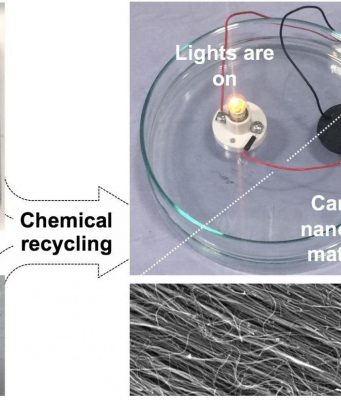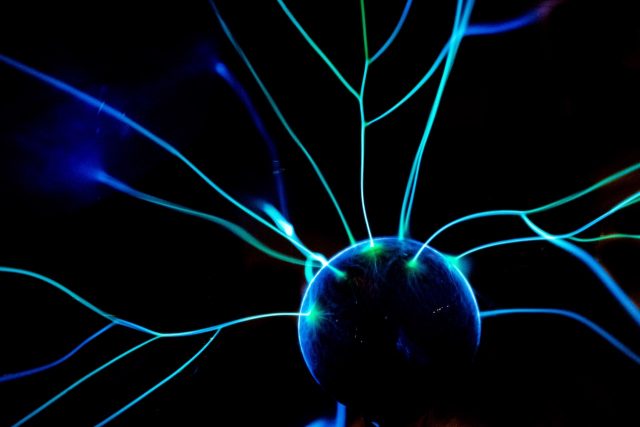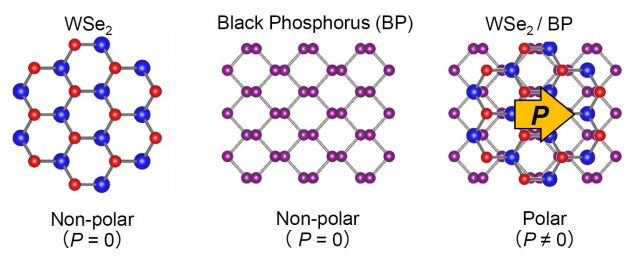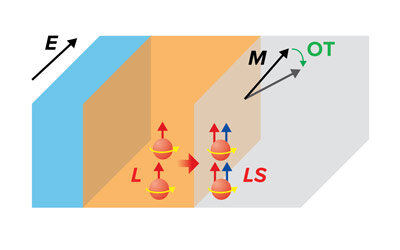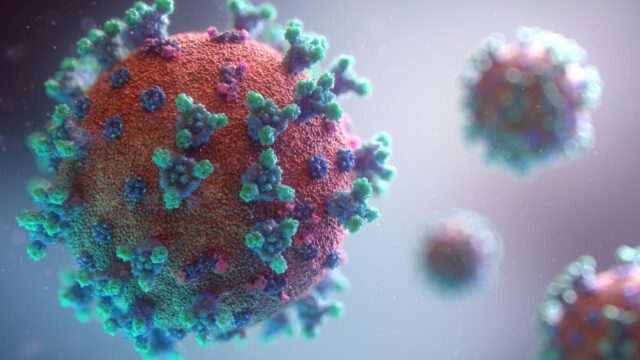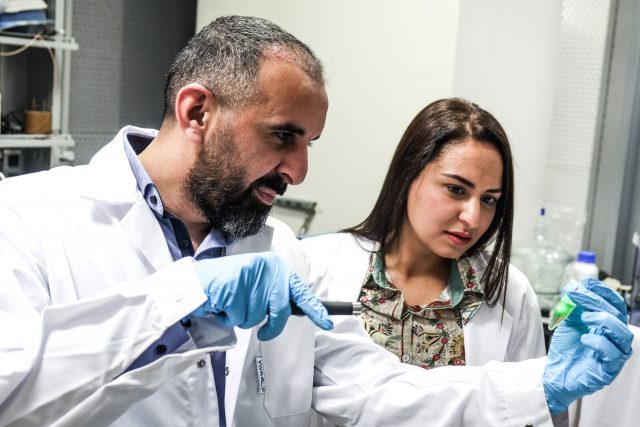For the first time, researchers have discovered a way to obtain polarity and photovoltaic behavior from certain nonphotovoltaic, atomically flat (2D) materials. The key lies in the special way in which the materials are arranged. The resulting effect is...
University of Arizona Health Sciences researchers recently completed a study that has the potential to improve cancer treatment for colorectal cancer and melanoma by using nanotechnology to deliver chemotherapy in a way that makes it more effective against aggressive...
The development of innovative magnetic nanodevices is one step closer to reality thanks to the observation by RIKEN physicists of a type of rotation that can be realized in materials consisting of light elements.
The ability to use electric currents to turn...
Researchers have come up with a better way to test which fabrics work best for masks that are meant to slow the spread of COVID-19. By testing those fabrics under conditions that mimic the humidity of a person's breath,...
A group of researchers from the Fritz Haber Institute of the Max Planck Society and the Humboldt-Universität zu Berlin have found out that a semiconductor can be converted to a metal and back by light more easily and more...
Researchers led by ETH Zurich have developed a new water filter membrane that is both highly effective and environmentally friendly. The membrane eliminates a wide range of water-borne viruses, H1N1 flu viruses and even the new SARS-CoV-2 virus from...
The total amount of data generated worldwide is expected to reach 175 zettabytes (1 ZB equals 1 billion terabytes) by 2025. If 175 ZB were stored on Blu-ray disks, the stack would be 23 times the distance to the...
The current method of manufacturing carbon nanotubes—in essence rolled up sheets of graphene—is unable to allow complete control over their diameter, length and type. This problem has recently been solved for two of the three different types of nanotubes,...
Scientists have developed a method to use lasers to control the movement of nanodiamonds with fluorescent centers.
Scientists have long been working on improving their ability to use lasers to move small objects without actually touching them. This method of...
In work that could turn cell phones into sensors capable of detecting viruses and other minuscule objects, MIT researchers have built a powerful nanoscale flashlight on a chip.
Their approach to designing the tiny light beam on a chip could also be...
A revolutionary technology developed within the Trabolsi Research Group at NYU Abu Dhabi (NYUAD) could dramatically improve the wellbeing of diabetic patients: an insulin oral delivery system that could replace traditional subcutaneous injections without the side effects caused by...



